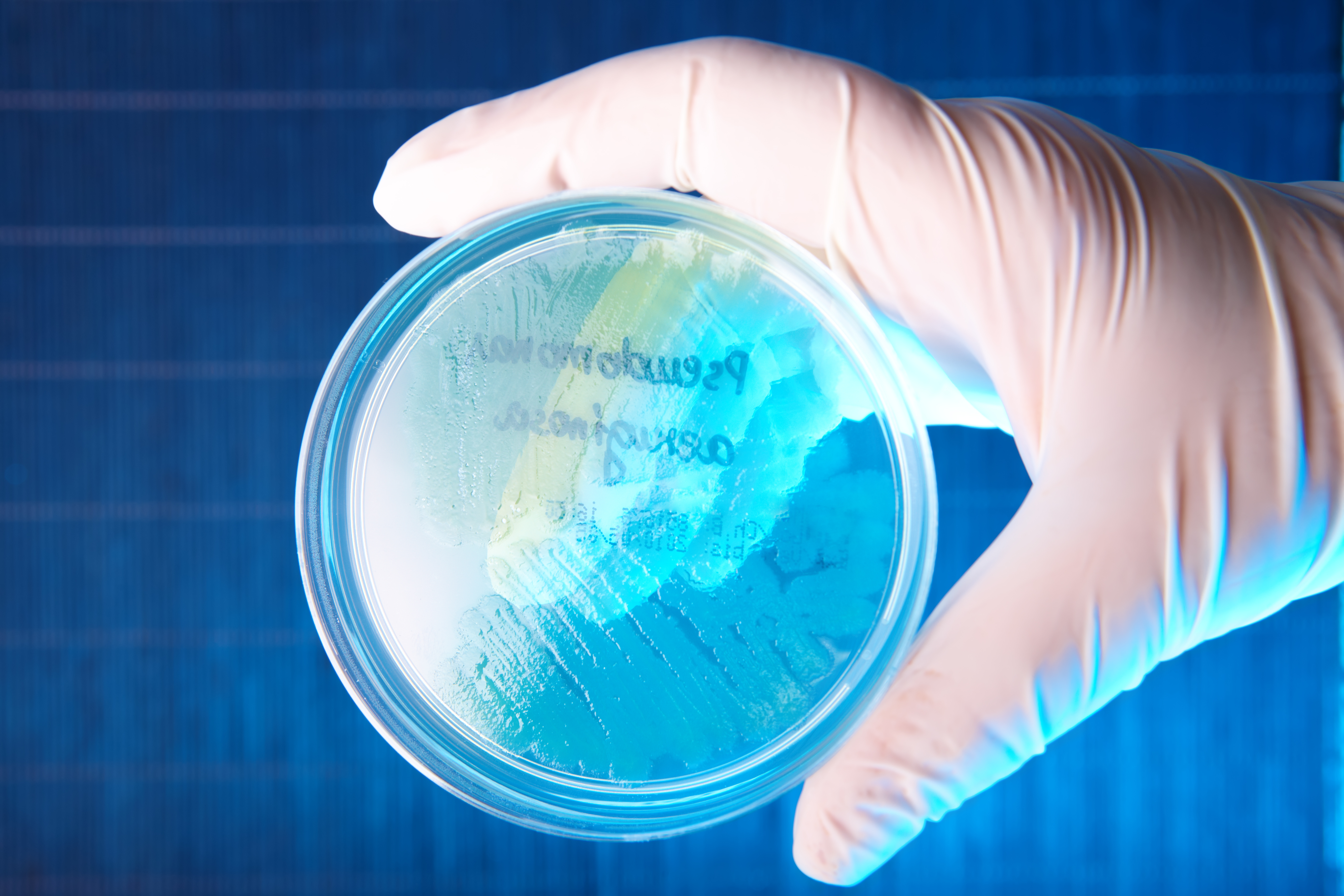 Researchers at the Center for Infectious Disease, The University of Texas at Austin have established a new method that allowed them to sequence the genome of the bacteria Pseudomonas aeruginosa in a context identical to the one present in the lung micro-environment of an individual with cystic fibrosis (CF). The study was recently published in the journal Proceedings of the National Academy of Sciences (PNAS) and is entitled “Essential genome of Pseudomonas aeruginosa in cystic fibrosis sputum.”
Researchers at the Center for Infectious Disease, The University of Texas at Austin have established a new method that allowed them to sequence the genome of the bacteria Pseudomonas aeruginosa in a context identical to the one present in the lung micro-environment of an individual with cystic fibrosis (CF). The study was recently published in the journal Proceedings of the National Academy of Sciences (PNAS) and is entitled “Essential genome of Pseudomonas aeruginosa in cystic fibrosis sputum.”
CF corresponds to a genetic disease that can result in serious respiratory and gastrointestinal manifestations. In CF, a defective gene causes the body to form unusually thick, sticky mucus (sputum) that is difficult to cough up and can accumulate in the lungs, creating an environment prone to bacteria growth and development of severe lung infections. CF patients are often hospitalized due to infection with Pseudomonas aeruginosa, a life-threatening bacterial infection that can induce difficulties in breathing, serious illness and early death in these individuals. P. aeruginosa can develop into large, antibiotic-resistant colonies in the patient’s lungs.
Mimicking the unique conditions in the lungs of a CF patient is a challenging task that has impaired advances in understanding CF pathology and P. aeruginosa infection, including the genetic profile of the bacteria. Researchers have now discovered a new method to culture bacteria in mucus samples from CF patients in order to re-create the bacterial behavior in the original lung environment of a person with CF. Remarkably, using this technology, the research team analyzed numerous mutations of two P. aeruginosa strains and identified several genes that seem to be essential for bacterial reproduction and survival.
“We’ve developed something other labs can replicate,” said the study’s senior author Dr. Marvin Whiteley in a news release. “It allows researchers to do relevant experiments in a context that really matters.” This new method allows researchers to conduct large-scale experiments in settings that mimic the original lung environment colonized by the bacteria, without the need of collecting numerous sputum samples.
[adrotate group=”9″]
Researchers from other institutes emphasize the relevance of this novel method and its potential application. “For the past decade, we have understood that Pseudomonas is arguably the major colonizing infection for people with cystic fibrosis. For a long time we have studied Pseudomonas the way we study other pathogens,” noted Dr. John LiPuma, a professor at the University of Michigan. “But the cystic fibrosis lung is extraordinarily complex. In the research community, we’ve got to develop systems biology approaches, such as this one, that take a more sophisticated approach to get us where we need to be.”
“Most studies grow bacteria in test tubes in a rich growth medium they never see in the real world. It’s rather like studying lion behavior in a zoo rather than in its natural habitat,” said Dr. Steve Diggle, an associate professor at the University of Nottingham. “What Marvin has done is to try and re-create the sputum that Pseudomonas grows in so we can see what genes are important for bacterial fitness in this environment.”
Researchers believe that the ability to re-create the sputum conditions in a CF patient’s lung will allow a more in-depth study of how different bacterial strains behave, which genes are important for its spread, the mechanisms behind antibiotic resistance and identification of potential new therapeutic targets against these persistent infections.

